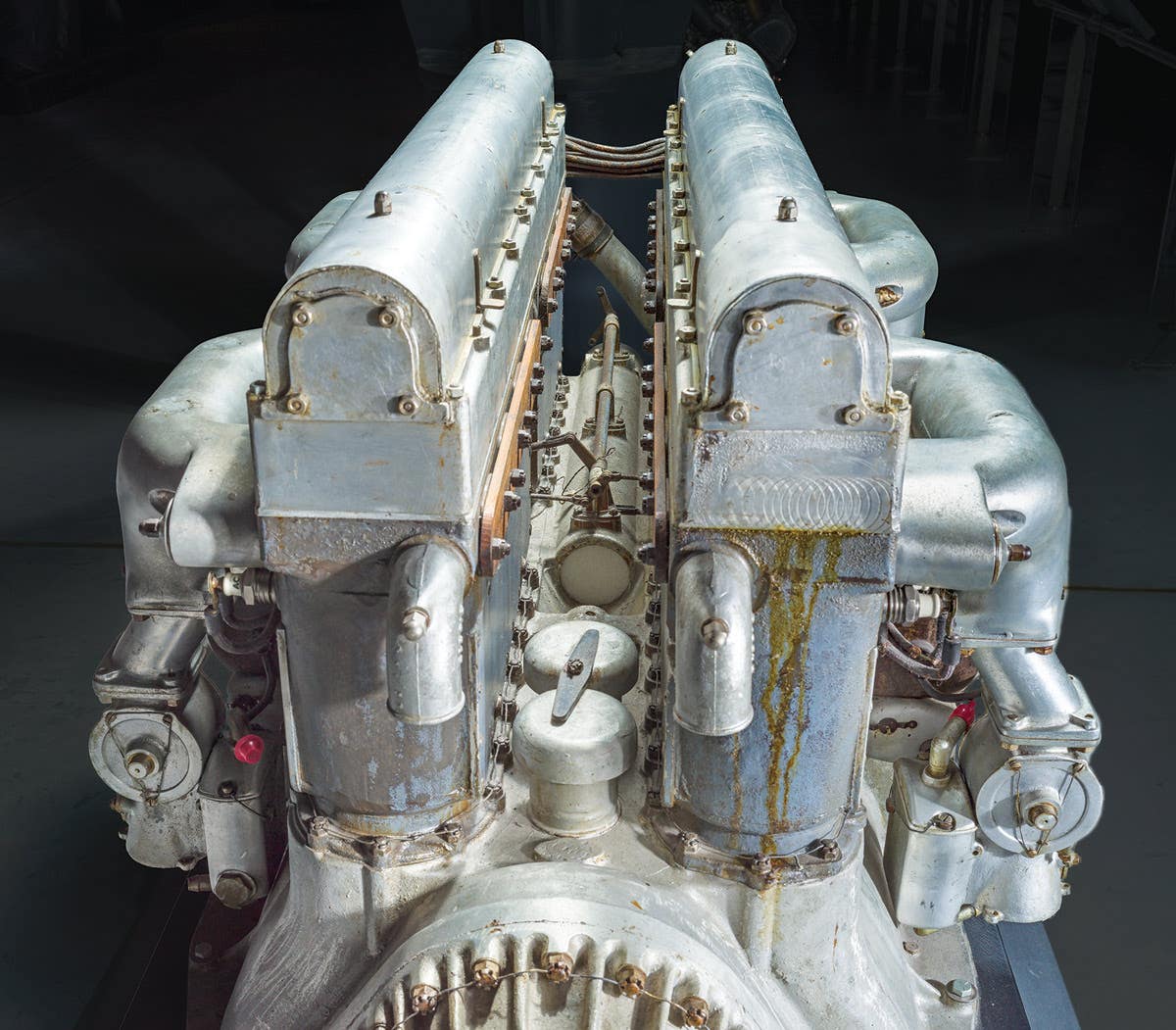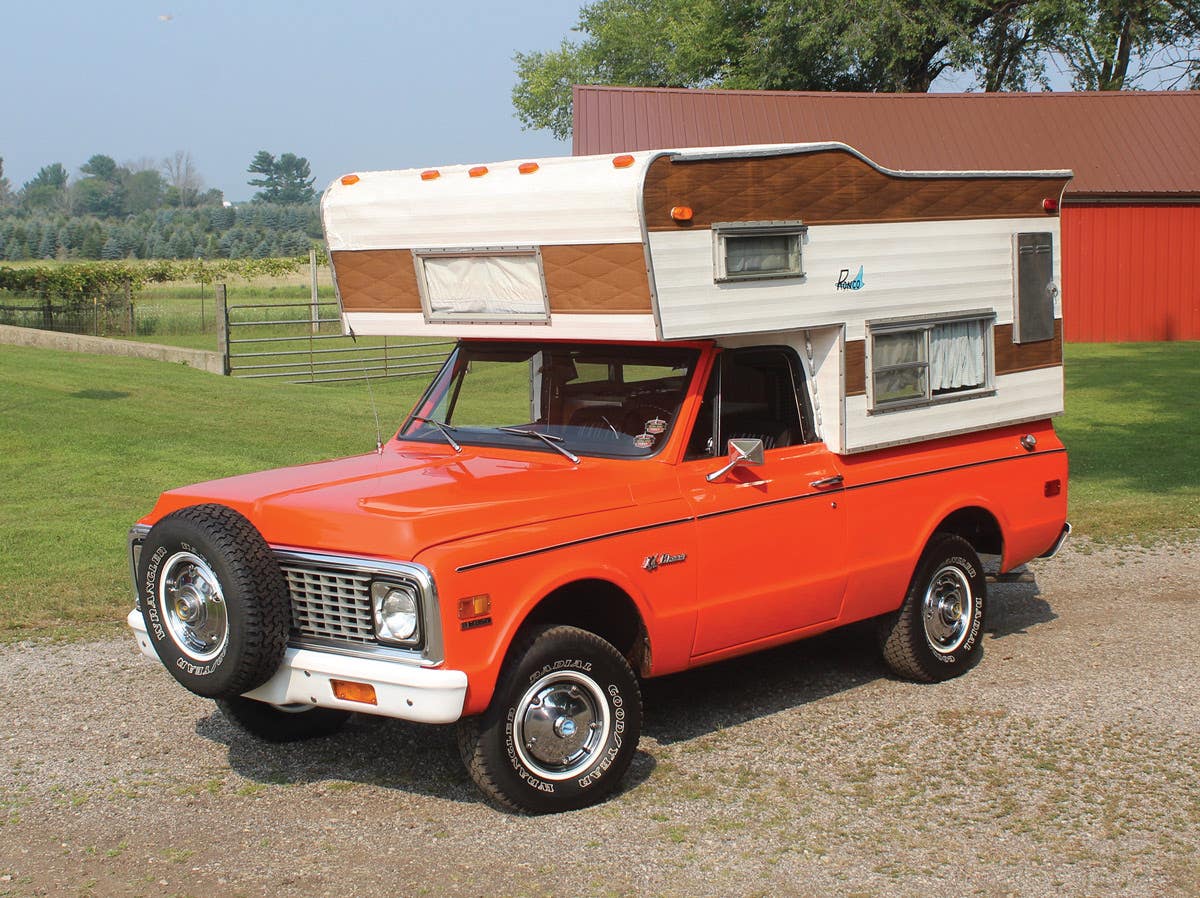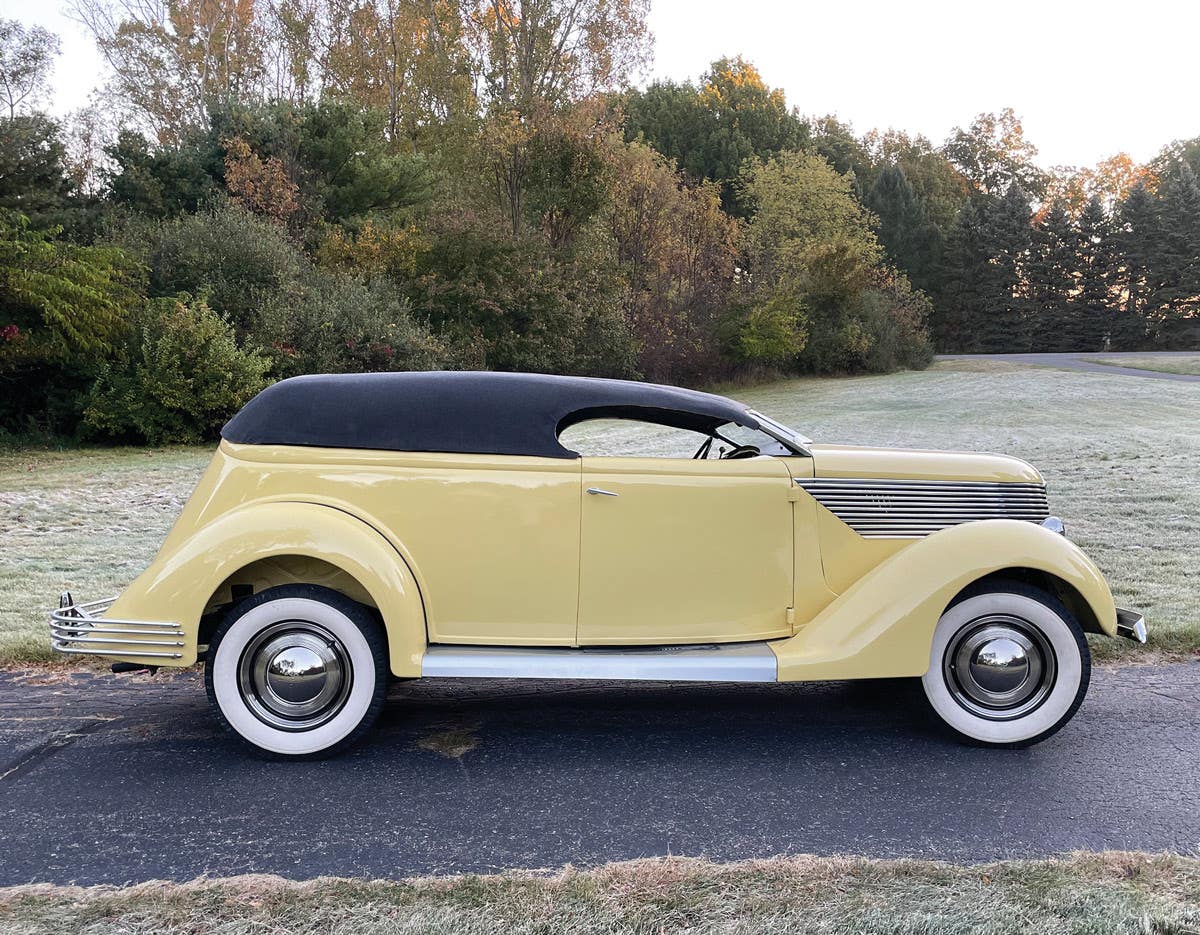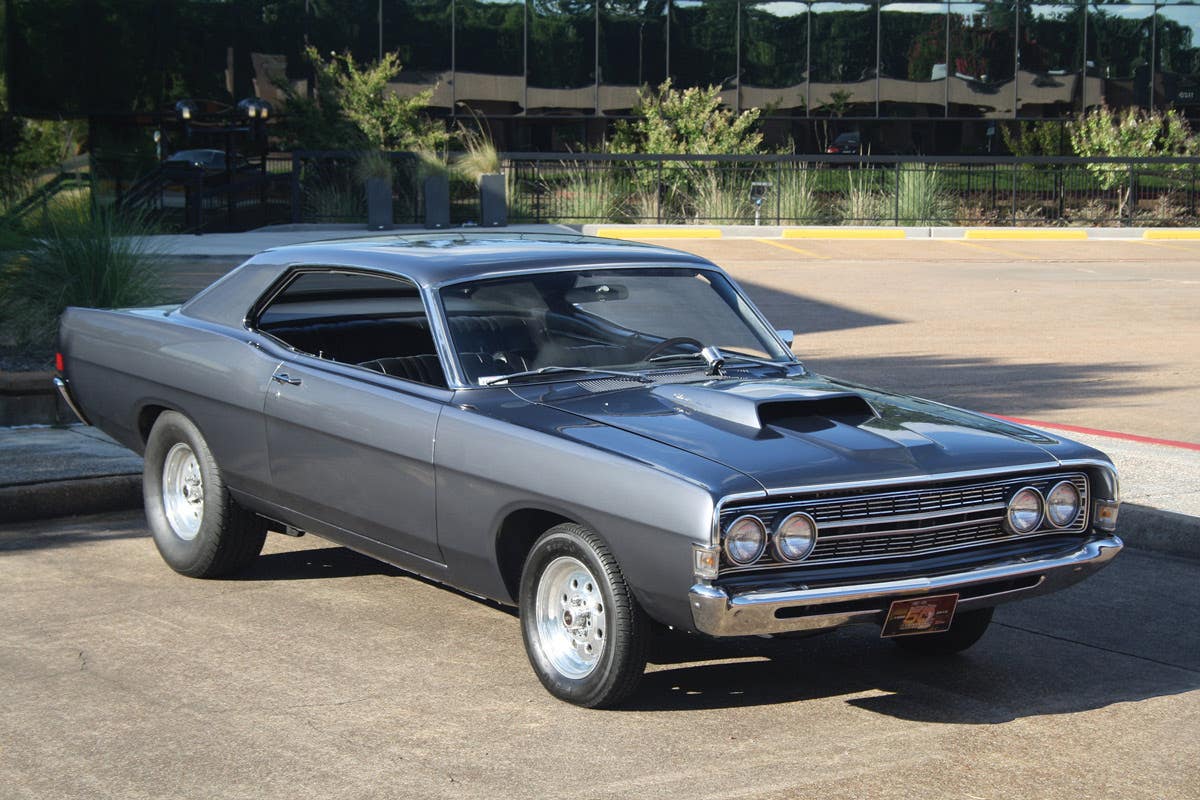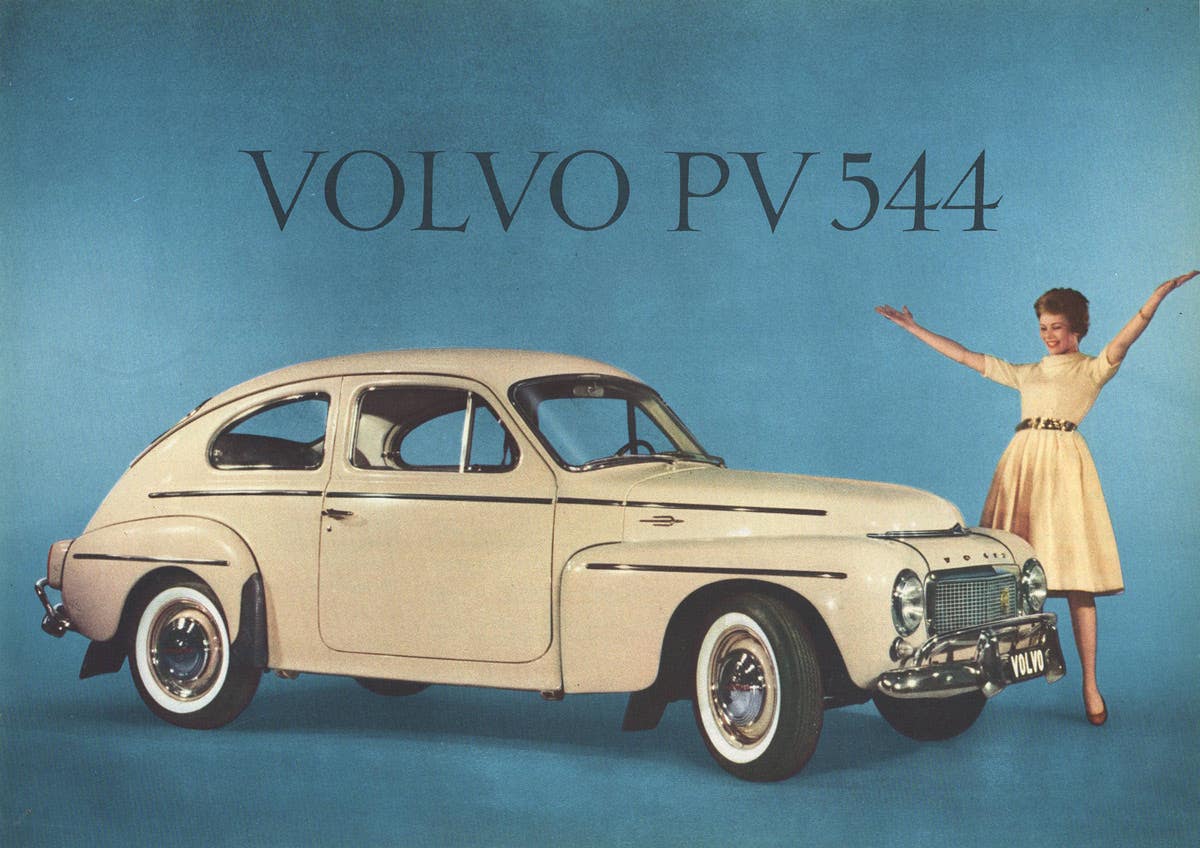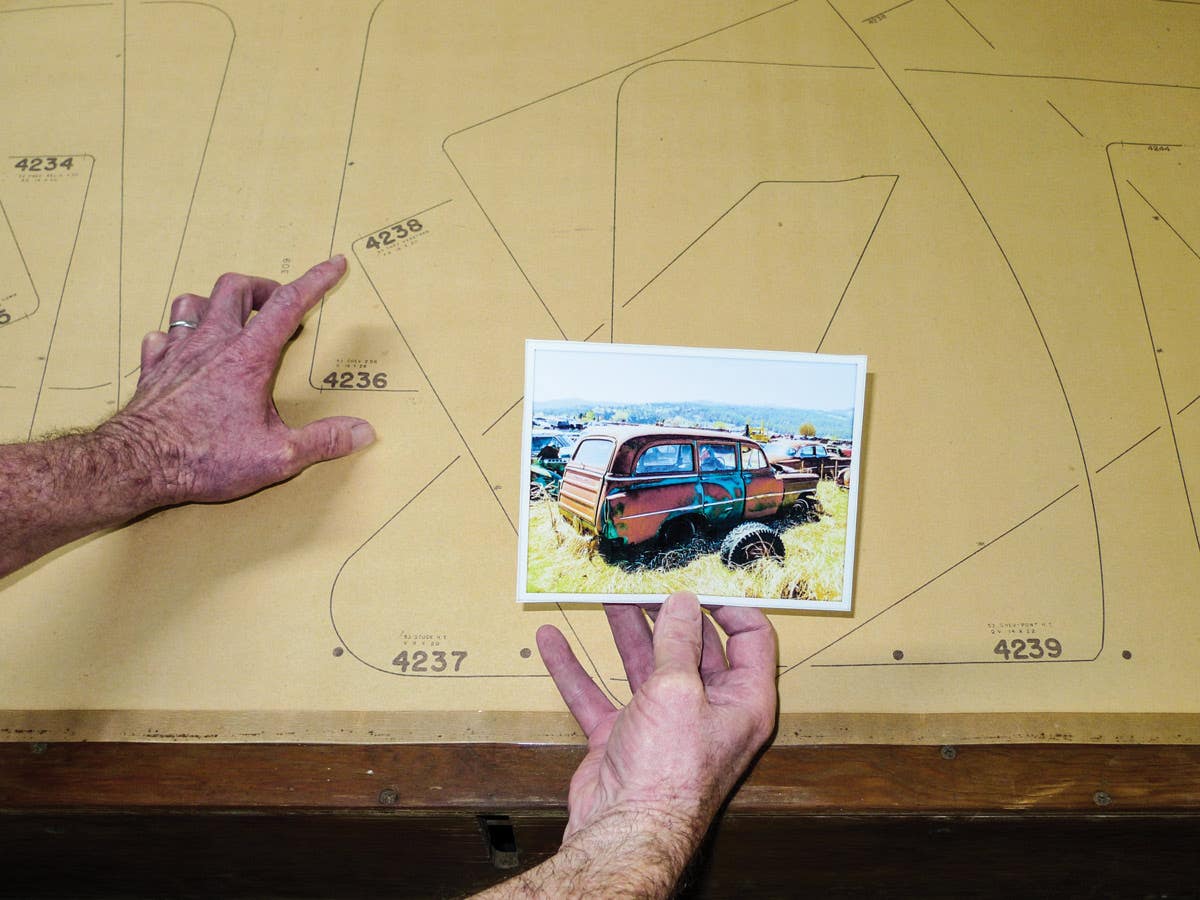Packard cut no corners with its trucks
In addition to the luxury car market, Packard appealed to light haulers, too.
This 1920 Packard truck is one of very few survivors. You
can still see such trucks at national Packard meets or select
vintage car shows. (Gerald Perschbacher photo)
“Ask the Man Who Owns One” wasn’t a slogan reserved for Packard automobiles. It was meant for Packard trucks, too.
If you were driving America’s thoroughfares sometime between 1905 through 1923, you might have encountered a new Packard truck. These would have been the heavy haulers of their day, easing down the road with at least a ton of cargo, even doing it with finesse. During that same stretch of years, Packard was claiming its substantial hold on the luxury car market — not just in the United States, but in major markets around the world. From Singapore to Kitchener, London to Cairo, the name Packard was becoming synonymous with quality, performance, reliability and more.
So, why did trucks enter Packard’s production facilities in Detroit?
Several good reasons:
Reliability: Buyers expected many new cars to break down or throw fits in those early years of motoring. Luxury cars were less prone to such maladies, especially Packards. When businesses eased toward motorized transport, they often used converted luxury cars with heavy chassis. More or less “pickups,” these light haulers helped small businesses and delivery companies to flourish. Larger trucks were required for shipping metal parts and substantial cargos of raw or finished products. Since delivery hastened success, fleets of trucks were becoming commonplace by 1920.
But they had to operate upon demand and on time, or they were no good for business use. Packard’s aura of reliability in luxury cars rubbed off on its trucks.
Serviceability: Unlike many car companies, Packard set out to establish a strong network of dealers across the country and in select big cities overseas. Trucks needed regular maintenance and servicing in the early days, or they would have ground to a halt. The owner of a Packard truck could do just fine, thank you, by patronizing the closest dealer for the marque.
Packard’s reputation in truck building grew to such heights that it became one of the major suppliers for the American Expeditionary Forces in the World War I. I fancy that some drivers might have joked, “Ask the Man Who Hauls With One,” or “Ask the Doughboys Who Ride in One.”
Out of the estimated production run of around 40,000 units of Packard trucks from all those years, we can be grateful that there are survivors that held up under extreme conditions and long hours of service. They present a different view than the Dietrich-designed or Brunn-bodied passenger car masterpieces of the 1930s and 1940s.
If you ever have the opportunity to examine one of those surviving Packard trucks, take a really close look. Every part seems over-engineered. Early models used solid rubber tires. By 1915, pneumatic tires were pushed as an option. There isn’t much on styling, but the unique curves to the hood and radiator reflect traditional Packard lines. Those old trucks are attention getters wherever they go. They are stately and bold.
So was the company. To prove the rugged determination built inside every Packard truck, the company sent one on a trip from New York to San Francisco in 1911. It took 46 1/2 days. That record earns no bragging rights today, but in 1911, it was sensational. Trucks were not intended to move fast. So the average speed of 8 mph was fine for cross-country record setting in 1911. Of course, in that era, there were few surfaced roads. To make its journey, the old Packard truck had to limber through all sorts of conditions, washouts, detours, mud, rocks and more. It’s hard to imagine a modern truck being able to conquer even what the Packard truck had to endure on that voyage.
In 1918, a Packard truck equipped with pneumatic tires was the first to cross the country.
That came at a time when tires often lasted only 1,000 miles before replacement. It was an amazing venture for a truck to attempt to conquer the continent, despite the threat of blown tires and running into ditches, let alone make the trip successfully!
In 1923, Packard had enough. Trucks were phased out. Why?
Overproduction, for one. Several truck manufacturers had produced units for World War I. When that war suddenly concluded with an armistice, trucks had been stockpiled for use. While a good portion went to replacing lost stock, the remainder had little future but to be sold at a loss by the government, or be taken back by manufacturers.
Either way, it placed a glut of trucks on the market, some of which provided civilian service well into the future.
Canceled contracts did not help. Truck orders were stopped or reduced when peace prevailed. In effect, the truck market had bottomed out in a big way. That wasn’t all. Most of the economy also bottomed with it, bringing abrupt return to peace-time production.
These factors hit the makers of trucks, some worse than others. But Packard had the option of concentrating on what it did best: make cars. And the company took a good, close look at its passenger car business. Officials guided the company toward the production of smaller luxury cars. The magnificent Twin Six was also phased out. In the early 1920s, the Single Six prevailed as company leader only for a short time before the inline eight dominated.
CLICK HERE to tell us what you think in the Old Cars Weekly Forum



